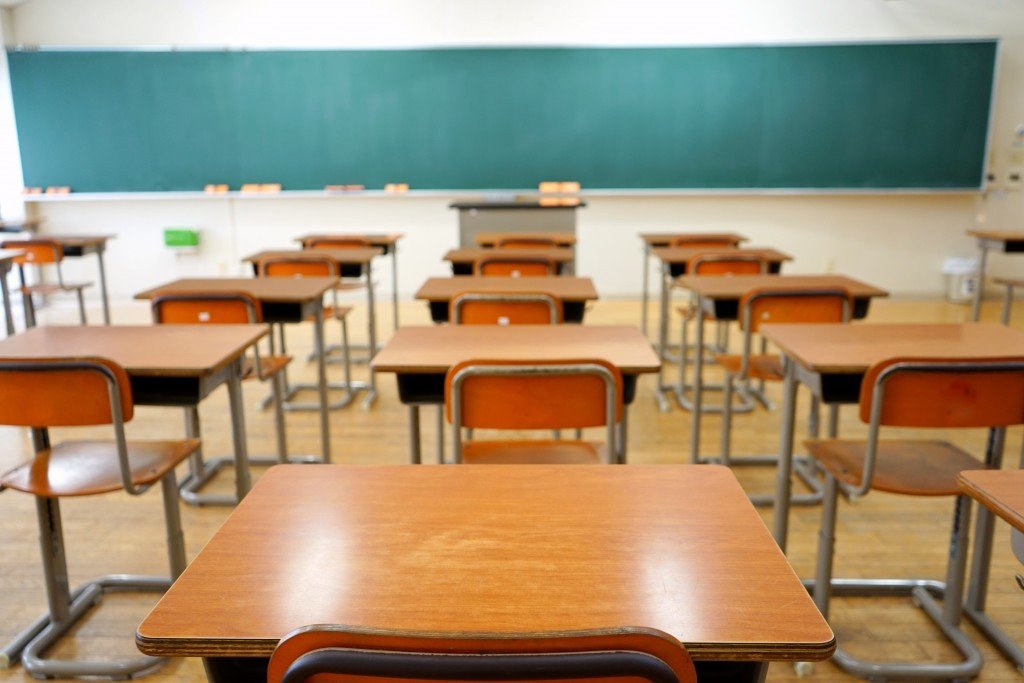No one is completely sure about what the “new normal” in Australia will be like, but one thing is for certain: the classroom will never be the same when schools are re-opened. Here’s how the “new normal” could affect our classrooms and the way we educate future generations.
Seating with Social Distancing
Social distancing is a measure encouraged by agencies like the Red Cross to prevent transmitting the COVID-19 virus. As the virus can be present in the body and infected people can sometimes have no symptoms, keeping distance to avoid unknowingly transmitting the virus via droplets from sneezing or coughing is important. In the classroom, student desks and chairs must be lightweight and modular to reconfigure seating arrangements with social distancing. In the “new normal”, smaller class sizes may have to be implemented to make it easier to have enough seating and still abide by the 6-feet-apart or two-arm-lengths rule.
Shifting Schedules
To limit the number of people assembling in large groups, schools may require students to attend school in shifts. As younger students need social interaction to learn better, schools may allot more days for their age group to physically attend classes on-campus. Older, more advanced students can have less days devoted to their classes on-campus and have more lectures and tests online.
More Widespread Use of Technology
Educators will have to use technology as part of their teaching methods. By adopting e-Learning tools and strategies, educators can email assignments, use teleconferencing apps to livestream lectures and check students’ attendance and use apps to give tests or exams online. Educators can also check essays and other written assignments for plagiarism. On the increase of using e-Learning, one possibility is that we’ll see public-private partnerships like one similar to Hong Kong. They formed a consortium of more than 60 educational organisations, media, publishers and entertainers to provide hundreds of videos, assessment tools, book chapters and counselling tools to schools for free.
Need for Children’s Counselling

Following the weeks or even months spent at home, some of the more vulnerable students could return from the pandemic with psychological problems. These students may have experienced great stress from seeing family members or friends become ill or worse. They may have had little opportunity to play outside and interact with their friends. The good habits taught in school like waiting in line, sharing with others or forming a circle could be lost on younger learners due to the loss of face-to-face times with teachers. And with issues like domestic abuse and custody battles worsened during the pandemic, some children may return to school showing signs of post-traumatic stress. Once schools re-open, there may be a greater need for counsellors, mental health specialists and teachers for remedial classes to help more vulnerable children recuperate and catch up.
The changes that could happen in the classroom when the “new normal” arrives are likely to be mostly physical. However, possible intangible effects like behavioural changes of students from stressful situations must also be addressed. In the “new normal”, educators must prepare themselves and their institutions ranging from the simple to the most drastic changes.

